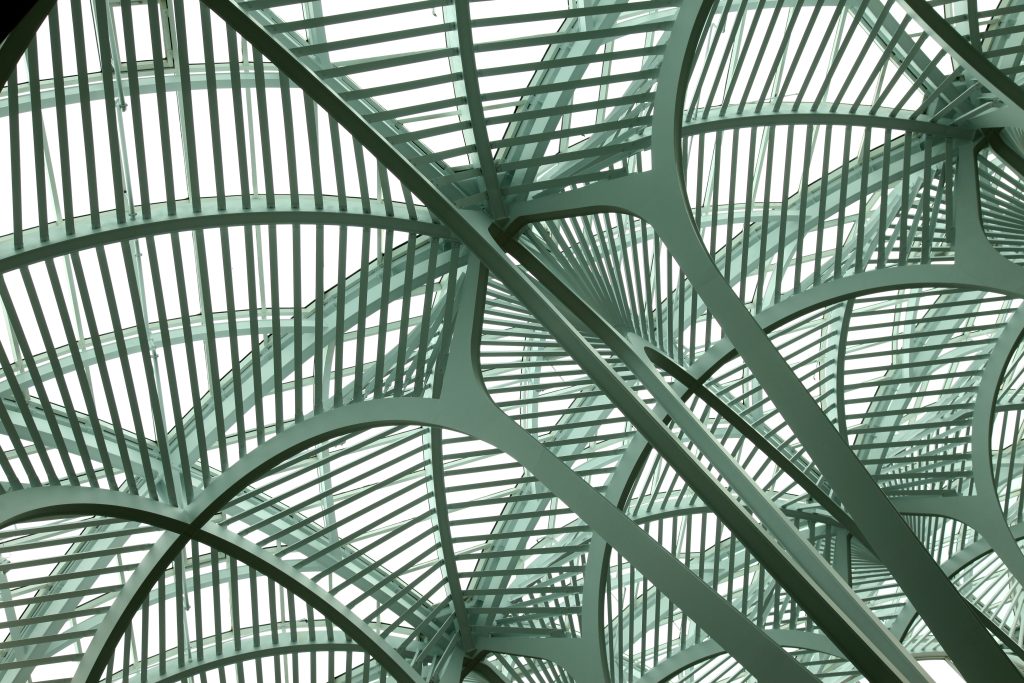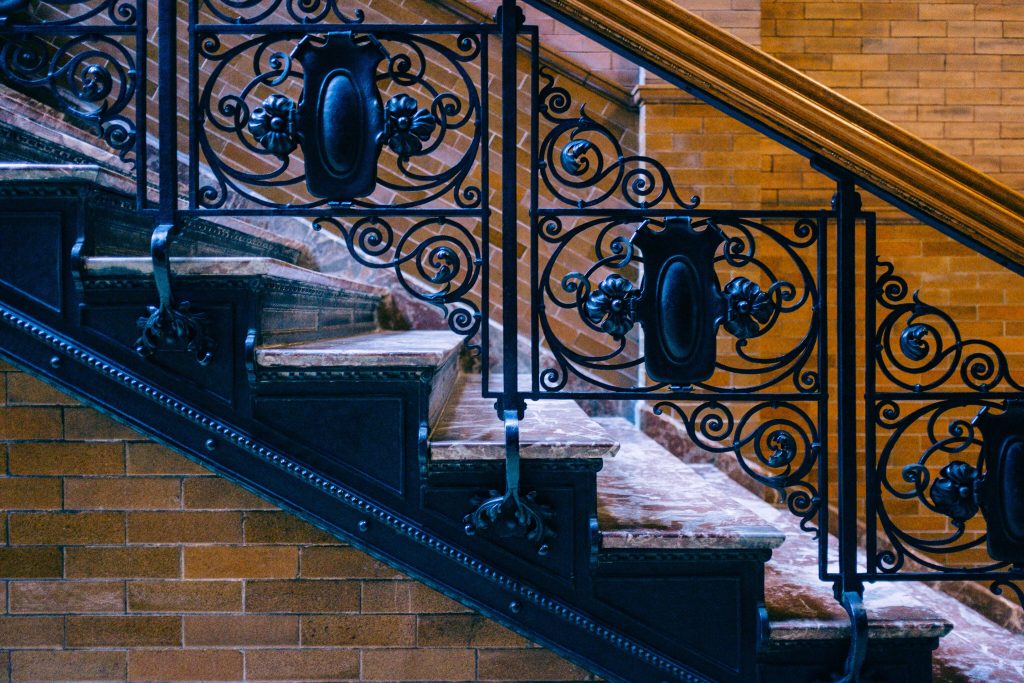Metal fabrication is centered around carefully cutting, shaping, and assembling metal structures from raw materials, often using methods passed down through generations. This craft enables the creation of everything from intricate details to grand, complex structures. It’s a vital part of industries like automotive, construction, aerospace, and more. Here’s what you should know about decorative metal fabrication and finding skilled artisans for your project.
At its heart, metal fabrication involves transforming metal into products or structures with a focus on craftsmanship. This includes steps like meticulously cutting metal into shapes, skillfully bending it into forms, and carefully joining pieces. Fabricators work with various metals like steel, aluminum, copper, and brass, choosing based on the desired qualities like strength, flexibility, or resistance to the elements.
The fabrication process begins with a design, detailed in blueprints or digital models, guiding the team in creating the final piece. Precision and attention to detail are key at every stage to ensure everything fits together perfectly and the final product is both functional and beautiful.


The metal fabrication process is a series of steps to transform raw metal into finished products. It begins with design and prototyping, often using CAD software to support the creative vision.
Cutting follows, where metal is shaped using methods like laser cutting, plasma cutting, or traditional sawing, guided by the material and design.
Bending then shapes the metal using press brakes and other tools.
Welding joins the pieces to form a structure, with different techniques selected based on the metals and joint requirements.
Finishing touches like sandblasting, painting, or coating protect the metal and meet aesthetic goals, followed by quality inspection.
A variety of materials are used, including steel for durability, aluminum for lightweight needs, and copper, brass, or bronze for decorative and electrical purposes. Welding gases, abrasives, and protective coatings are also essential.
When choosing a company for decorative metal fabrication, look for experience, a strong portfolio, and those who appreciate traditional methods alongside modern tools. Explore our FAQ page for more information.
For expert decorative metal fabrication, Heather & Little offers dedicated service. We bring years of experience and a dedication to quality craftsmanship. Contact us for your project needs.
If you are looking for a second opinion on your project or have a particularly complex issue that needs a fresh eye, such as historic building restoration, we’re here to help. Tackling tricky restoration projects is our specialty, and we welcome the opportunity to provide consulting services. We apply a keen attention to detail to all our commissions.
Join our mailing list and keep up to date on what’s going on with Heather & Little, sheet metal and roofing, including access to industry insights, interesting project case studies and incentives.